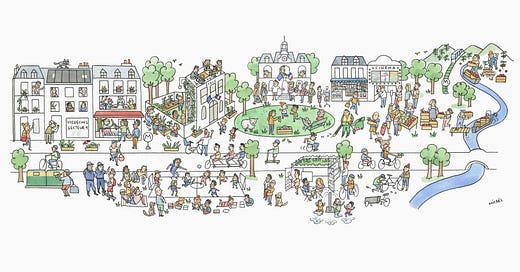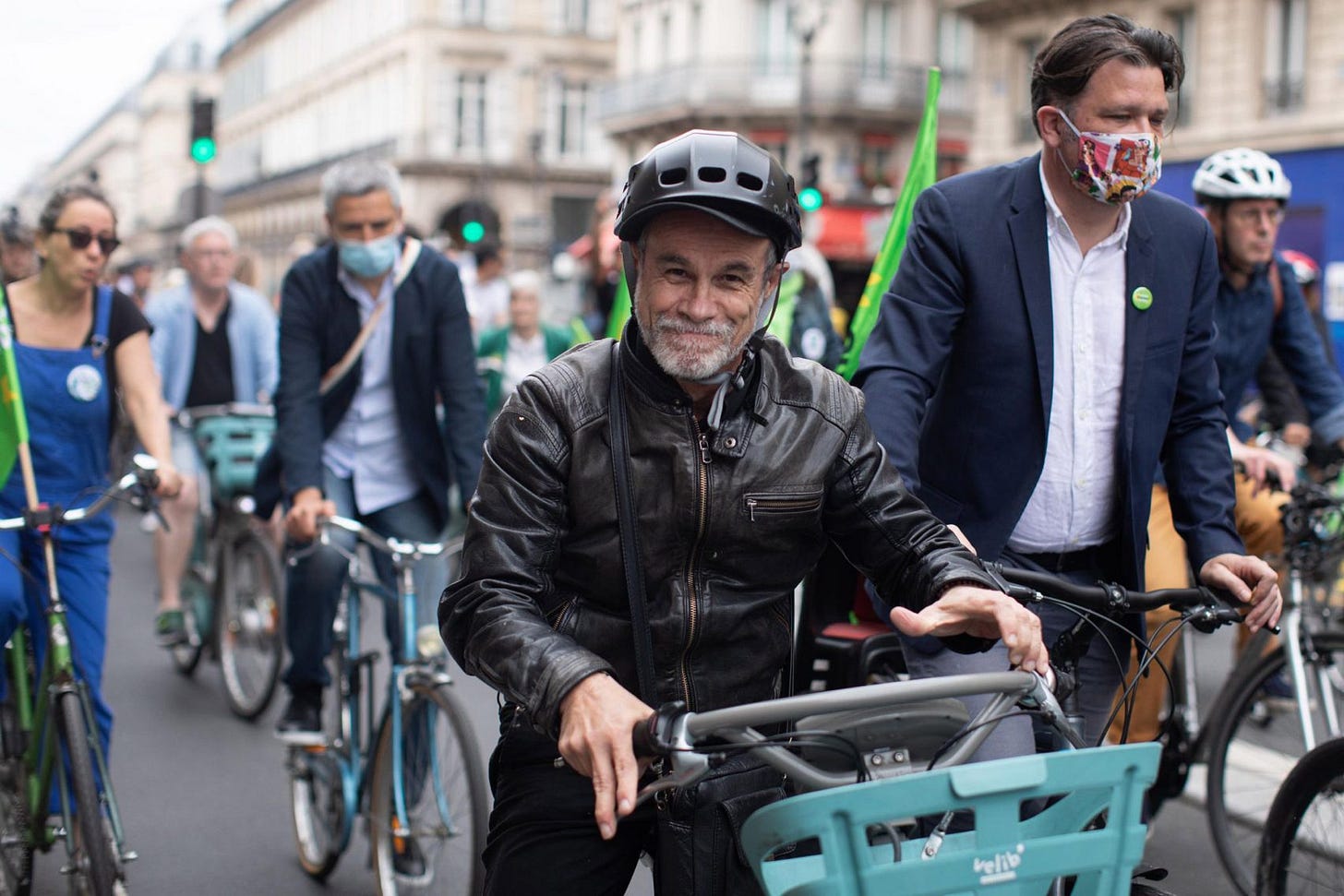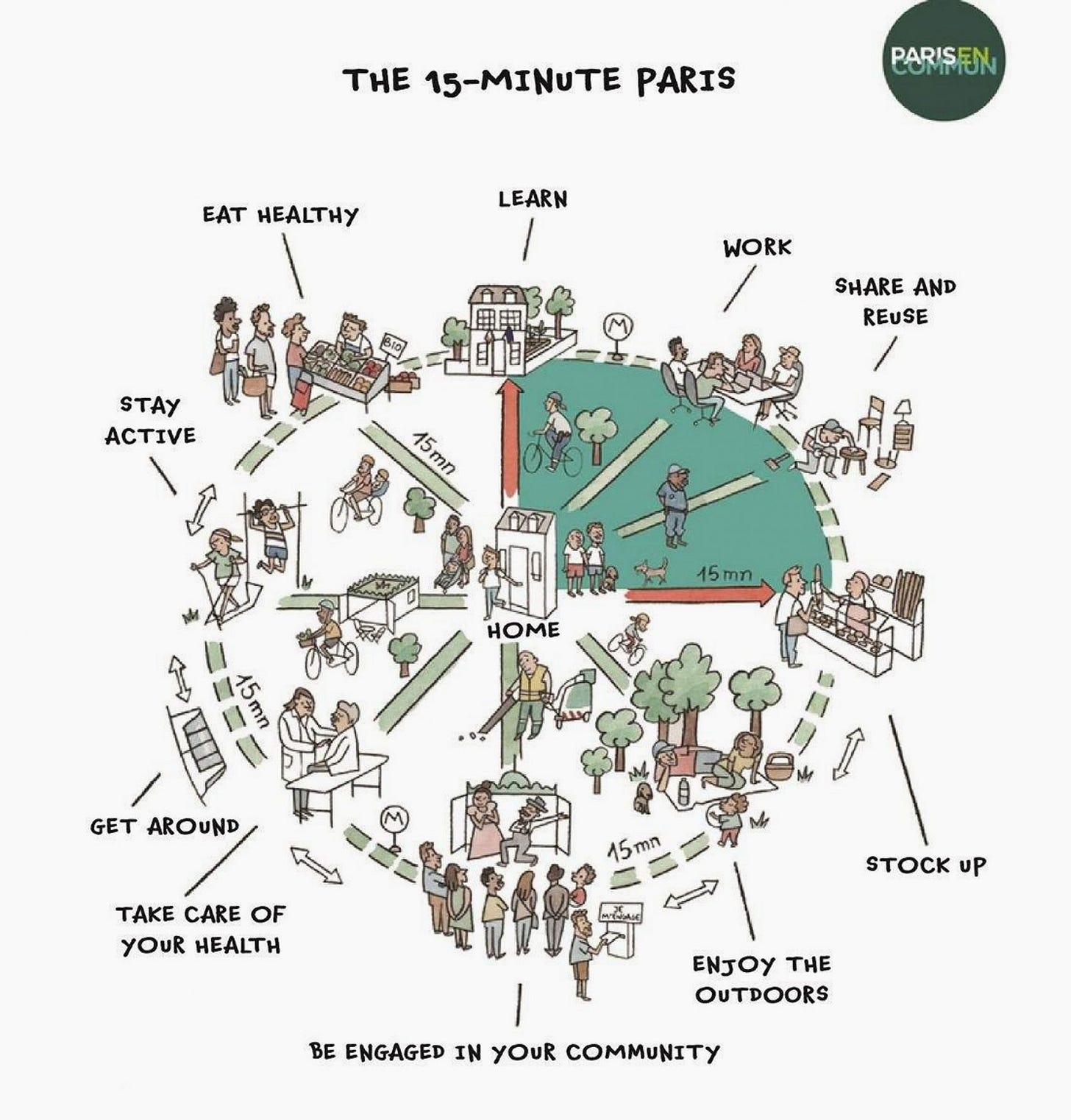The 15-Minute City: A Vision for Human-Centered Urban Living
a conversation with Carlos Moreno at the International Conference on Urban Health
Cities define the rhythm of our lives, shaping how we work, connect, and thrive. At the International Conference on Urban Health in Marrakesh, Robin had the privilege of sitting down with Professor Carlos Moreno, the architect behind the transformative concept of the 15-Minute City. As an urbanist and researcher, Moreno's vision seeks to redesign urban spaces to foster proximity, sustainability, and vibrancy. Here's how this bold idea can reshape the way we live.
Carlos Moreno’s Journey: From Colombia to Paris
Born in Colombia and residing in Paris for over 45 years, Professor Carlos Moreno brings a unique perspective to urban planning. A mathematician and computer scientist by training, his career took a pivotal turn in 2010 when he shifted focus from "smart cities" to "human cities."
His goal? To address three pressing global challenges: climate change, economic inequality, and social exclusion.
What is the 15-Minute City?
At its core, the 15-Minute City is about creating localized, self-sufficient neighborhoods where essential services are accessible within a short walk or bike ride. These services include schools, jobs, healthcare, green spaces, and cultural hubs.
The idea emphasizes decentralization, reducing dependence on cars, and prioritizing human interactions over traffic congestion. Moreno notes that the exact "minutes" can vary depending on density—15 minutes for high-density cities and up to 30 minutes for rural or low-density areas.
The Historical Roots and Modern Relevance
Moreno traces the lineage of this idea to thinkers like Jane Jacobs, who championed "livable cities," and Danish urbanist Jan Gehl, whose work emphasized human-scale urban design. Unlike 20th-century car-centric planning, Moreno’s 15-Minute City calls for cities to embrace mixed-use neighborhoods, shorter commutes, and vibrant local economies.
"Living in a city," Moreno explains, "is not just about having a roof and walls—it’s about access to education, culture, and green spaces."
How the Pandemic Validated the Concept
The COVID-19 pandemic inadvertently gave rise to the 15-Minute City. With remote work becoming the norm, people rediscovered the joys of proximity—exploring local shops, parks, and neighborhoods.
Moreno mentions that during the pandemic, people rediscovered the importance of their local neighborhoods—working from home, shopping locally, and enjoying nearby parks. It showed us that we don’t need to commute for hours to have a fulfilling life.
The pandemic also accelerated the adoption of remote work, an idea that had been around since the 1970s but only became mainstream recently. This shift aligns perfectly with the principles of the 15-Minute City
Love hearing about innovative ideas like the 15-Minute City? Subscribe to our channel and newsletter for more inspiring conversations with thought leaders shaping the future of our cities and communities. Don’t miss out—hit that subscribe button and join us on this journey!
Overcoming Challenges: Cars and Mindsets
The journey to implementing the 15-Minute City isn't without obstacles. For decades, cars symbolized freedom and urban sprawl became a default planning paradigm. Shifting mindsets requires effort, both from citizens and governments.
"We have accepted to become the new modern centaurs: half-human, half-car."
Paris as a Model City
Under the leadership of Mayor Anne Hidalgo, Paris has become a living laboratory for the 15-Minute City. Pedestrianized zones, expanded cycling infrastructure, and localized amenities have transformed the city into a global benchmark. As Moreno reflects on his time in Paris, as to what makes it a Good Place:
"Paris is a wonderful city and an excellent example of the 15-Minute City in action. Mayor Hidalgo’s courage and determination have paved the way for others to follow."
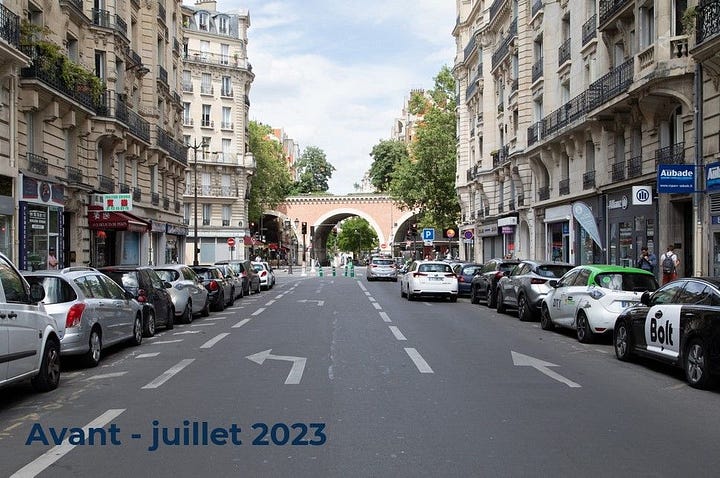
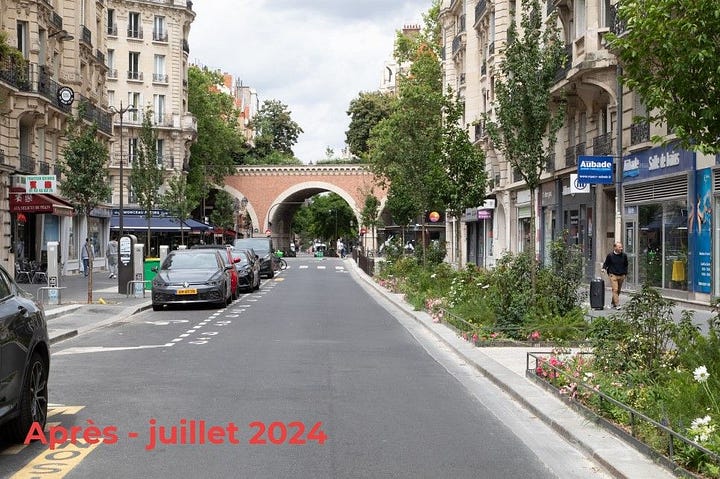
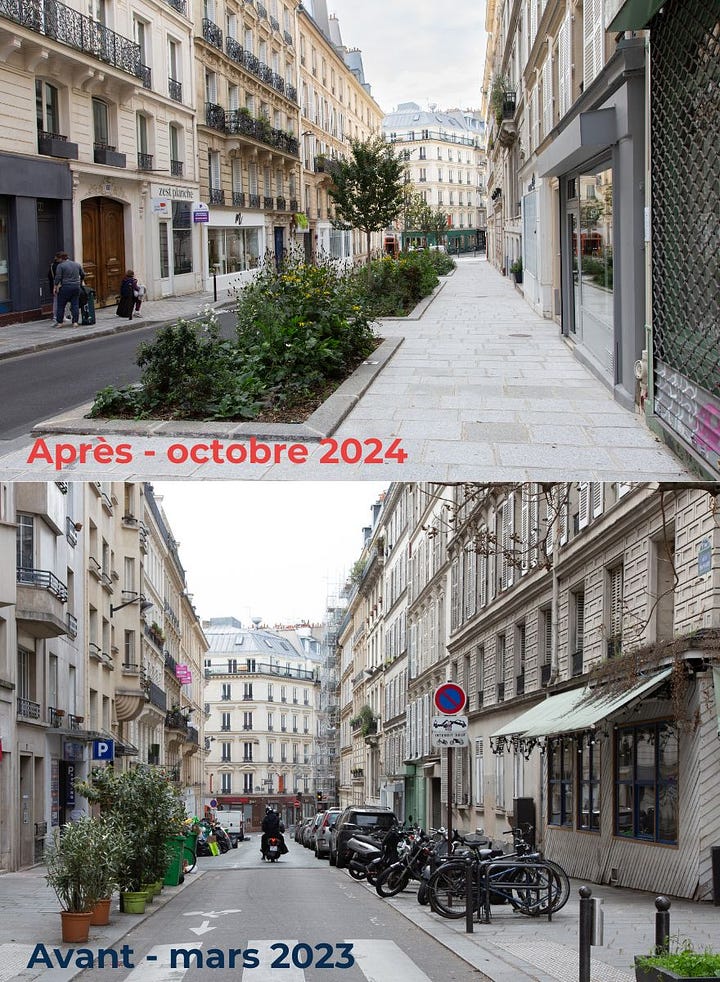
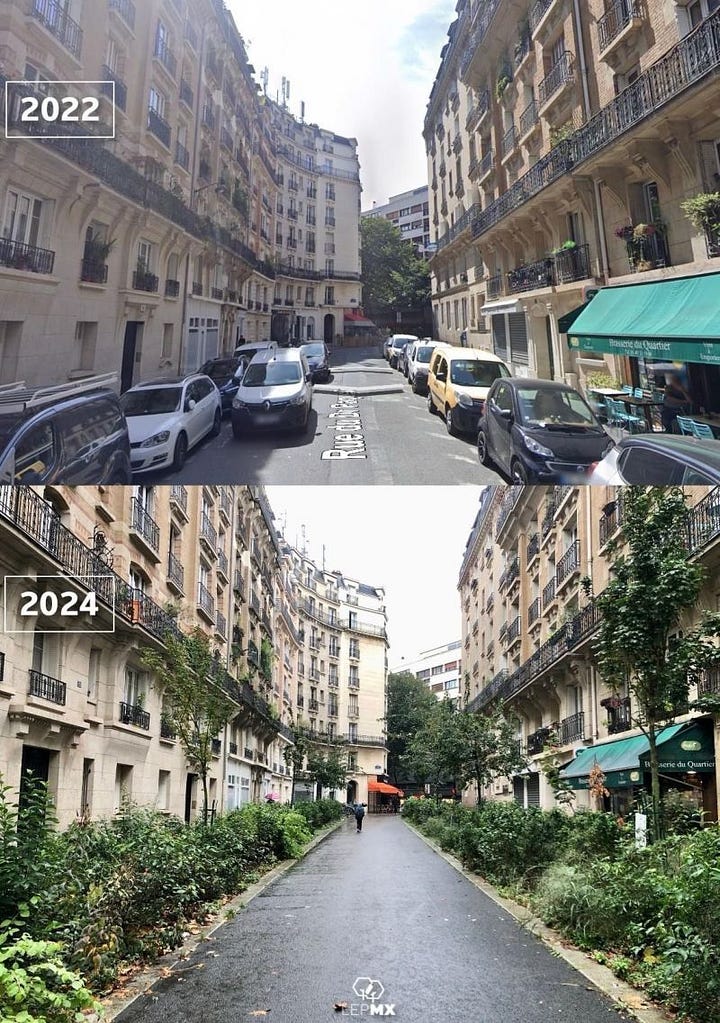
Why It Matters: A Call to Action
The 15-Minute City isn’t just about convenience—it’s about addressing urgent challenges like climate change, social inequality, and mental health. Shorter commutes mean lower emissions, stronger local economies, and more time for meaningful human connections.
As Moreno’s book outlines, the path forward requires collaboration between policymakers, urban planners, and residents. The vision is clear: build cities that are resilient, inclusive, and truly human-centered.
Closing Thoughts
The conversation with Professor Moreno was a reminder of what cities can and should be—spaces that enrich lives rather than complicate them. To all readers: ask yourself, what would your ideal neighborhood look like? And how can you contribute to creating it?
To explore these ideas further, check out Professor Moreno’s book, The 15-Minute City, and join the growing movement toward better urban living.
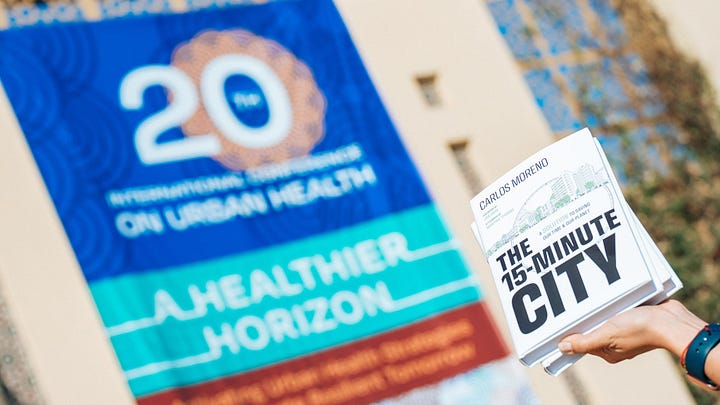
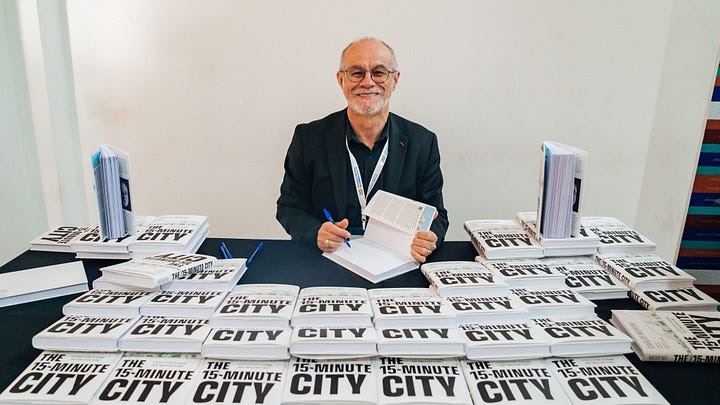
Thank you for tuning in and sharing your time with us today! Your support means the world to us. If you found value in this conversation, please give it a like, share it with a friend, and let us know your thoughts in the comments. Until next time, take care and stay inspired!
Make sure to check out the Good Place podcast, available on Spotify, YouTube and Apple Podcasts.
The full interview with Professor Carlos Moreno is available on the Good Place channel on YouTube. In the playlist below, you will also find the rest of the interviews from ICUH:

